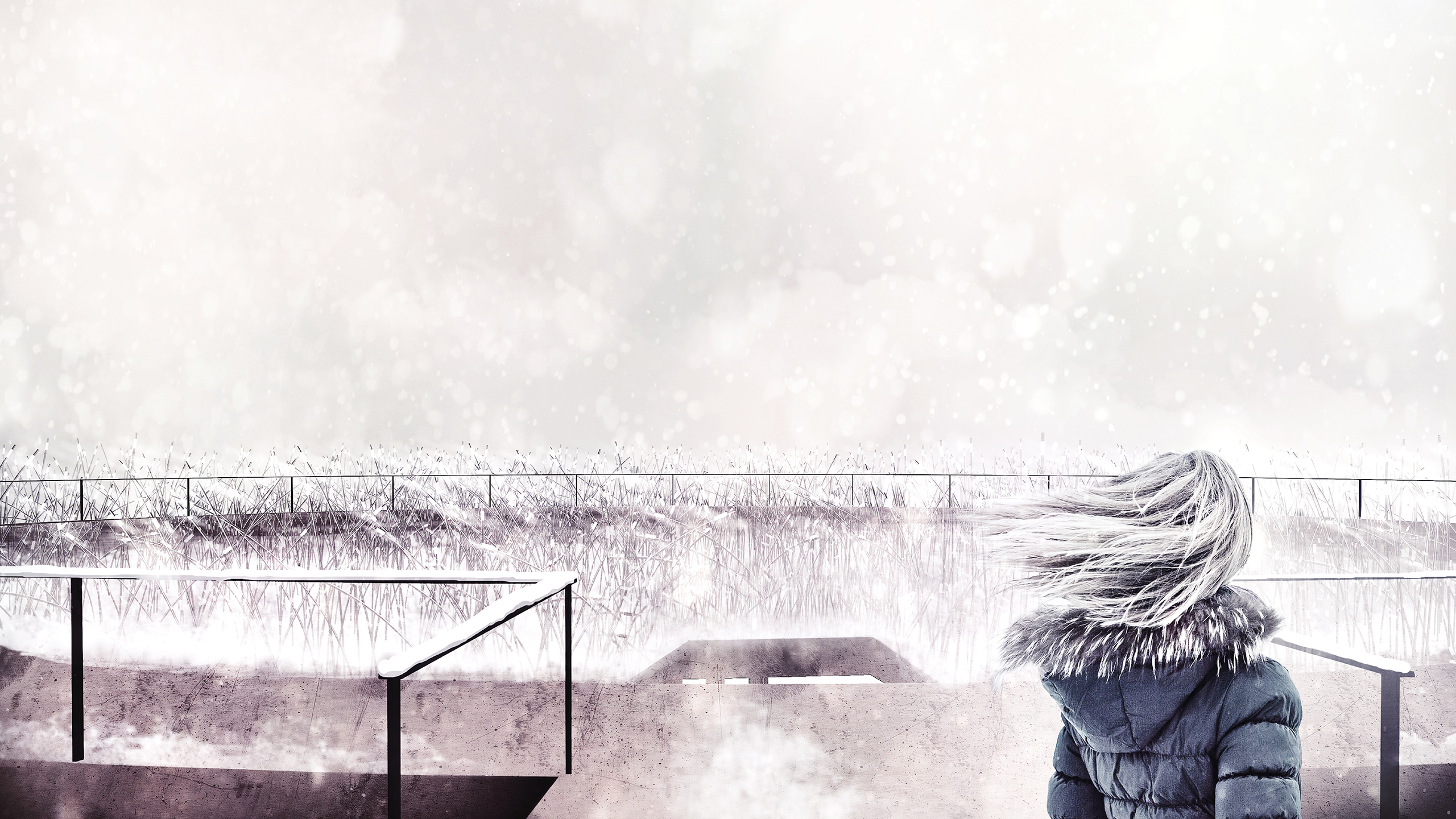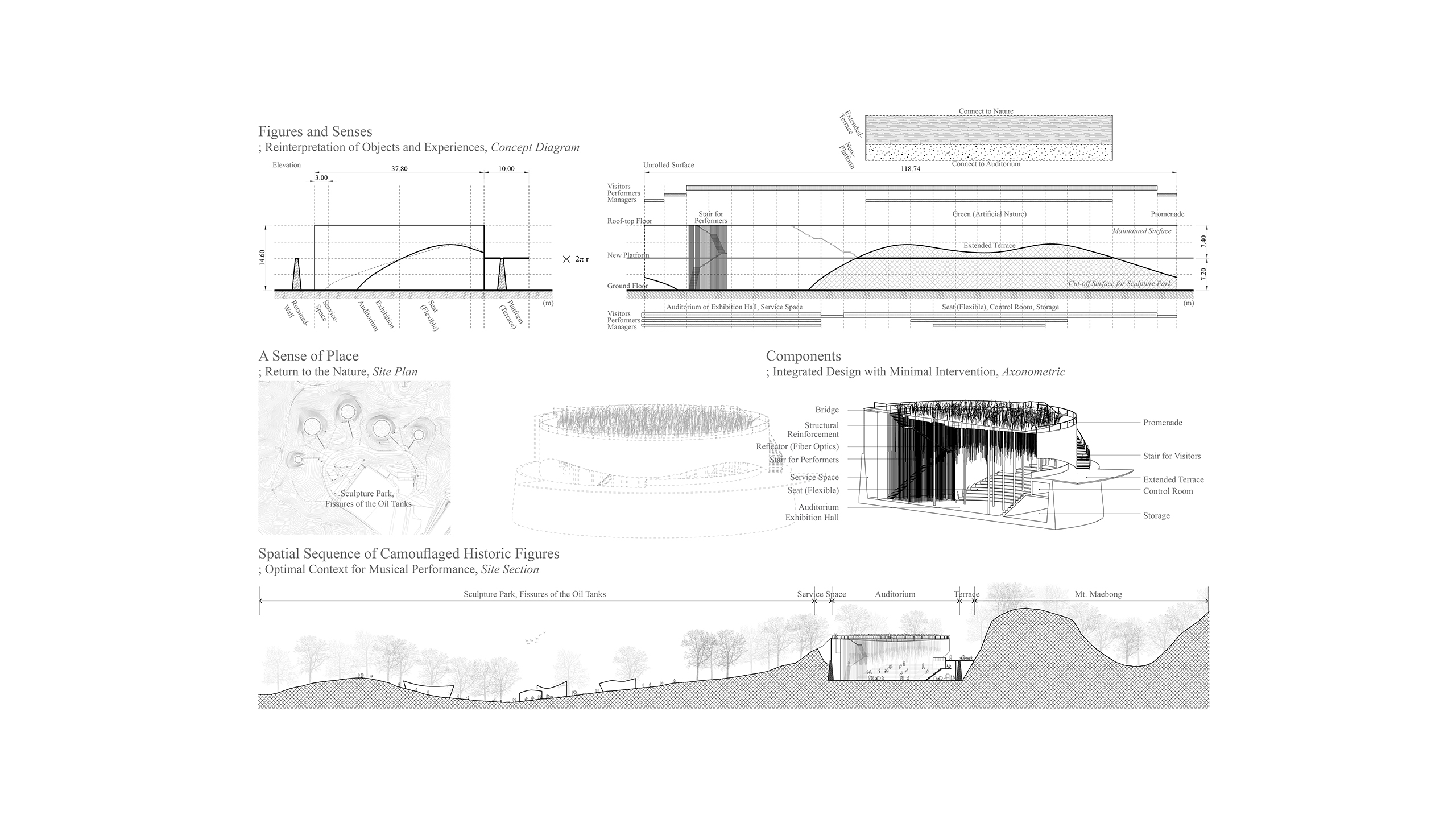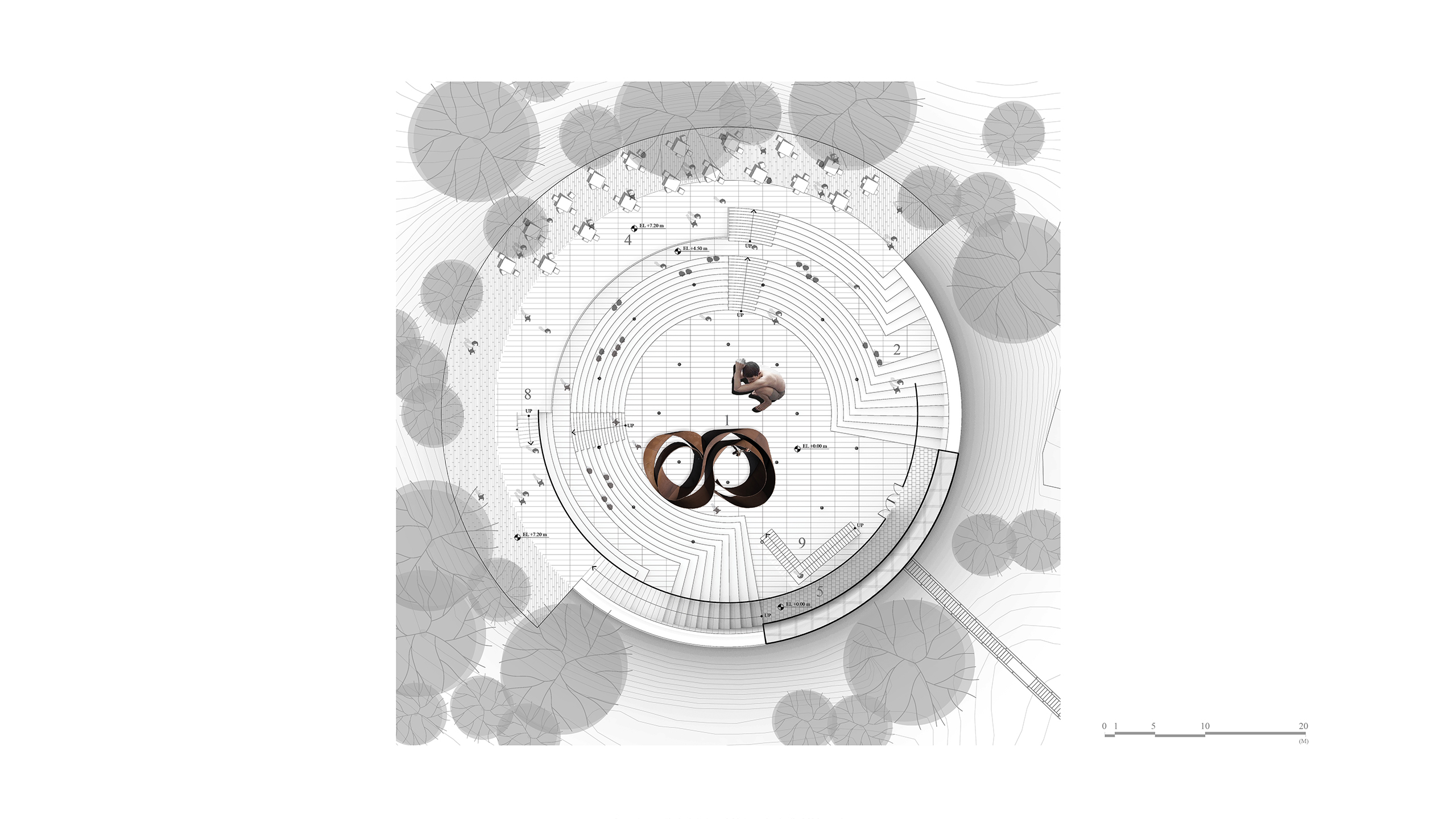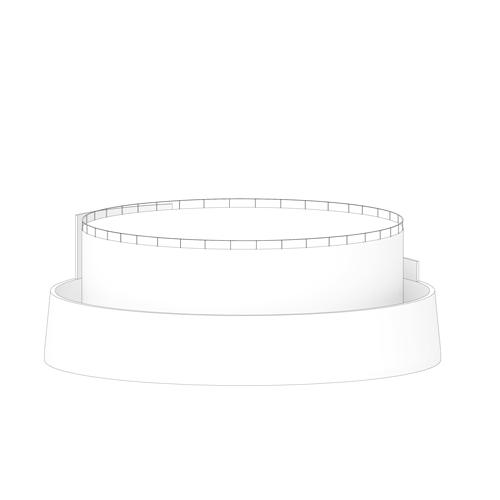Resonance of Light by Seoul Metropolitan Government | 1st Prize
Quick Links
SSP, Studio Sunggi Park
dSS, DELINEATIVE SCHEMA STUDIO
Inter-disciplinary design studio between Architecture, Urban Design, Interior Architecture.
SSP [SU:P] is designing flexible re-configurable architecture than a singular object while maximizing spatial usage and programmatic variance in civic or rural ground.
SSP [SU:P] believes that intangible data such as microclimate, traffic, etc can be design factors for architecture design, so responsive facade, retractable ceiling, windows and walls are all design components for SSP[SU:P].
SSP [SU:P] wants to create the built exterior and interior environment which can influence all the public positively.
Please, ask us to design your idea and space what you want to create. project@ssp-dss.com
Search
Latest News
- The second book launched, “Collective Vision for New Museum Architecture, Architect’s Thoughts Series | 02 Museum” 01/15/2024
- [Production Urbanism; Daegu as a Circular City] Book Launching Event 12/28/2023
- [Production Urbanism; Daegu as a Circular City] published in 2023 12/28/2023
- The first book launched from SSP, “Collective Vision for Future Library Architecture, Architect’s Thoughts Series | 01 Library” 11/29/2023
- “Flex-city” was exhibited in Daegu as a part of global studio under the theme of “Production Urbanism” 11/01/2023
- Our #MuseumArtMuseum project was publicated on [Unbuilt #3] 04/01/2023
- “Tidal of Time and Wisdom” is exhibiting at Incheon Metropolitan City, Korea 03/21/2023
- “Combinative Stella City” got 2nd prized for 강소도시 아이디어 공모전 2022, 주최 서울대학교 건축학과, 후원 태재연구재단 02/21/2023
- “#MuseumArtMuseum” is exhibiting at Incheon Metropolitan City, Korea 01/11/2023
- “#MuseumArtMuseum” got 5th prized for Incheon Museumpark International Design Competition by Incheon Metropolitan City, Korea 12/21/2022
Tags

- HOMEWhere We Begin
- ABOUT USWho We Are
- PROJECTSWhat We Create
- NEWSWhat We Achieved
- CONTACT USWhere We Are
Main Office / 연구소
2F, 11-5 Ttukseomno 3(sam)-gil, Seongsu-dong 1(il)-ga, Seoul
South Korea
서울특별시 성동구 뚝섬로3길 11-5 (성수동1가 72-87) 2층
(주) 에스에스피 건축사사무소
Satellite Office / 부설 연구소
New York, NY 10001
United States
E-mail: info@ssp-dss.com





























